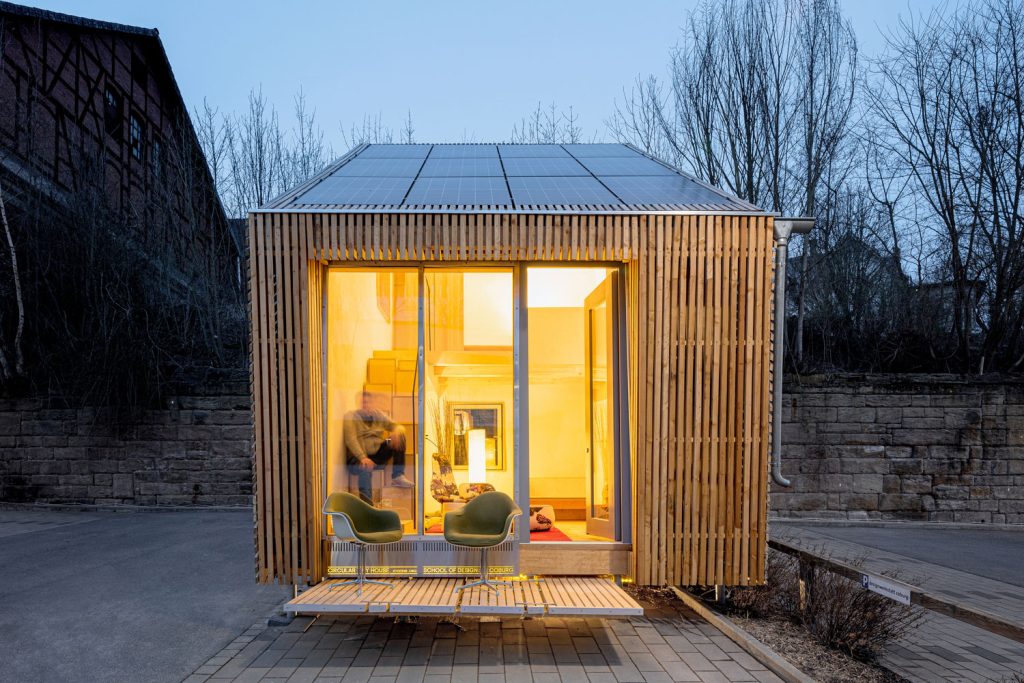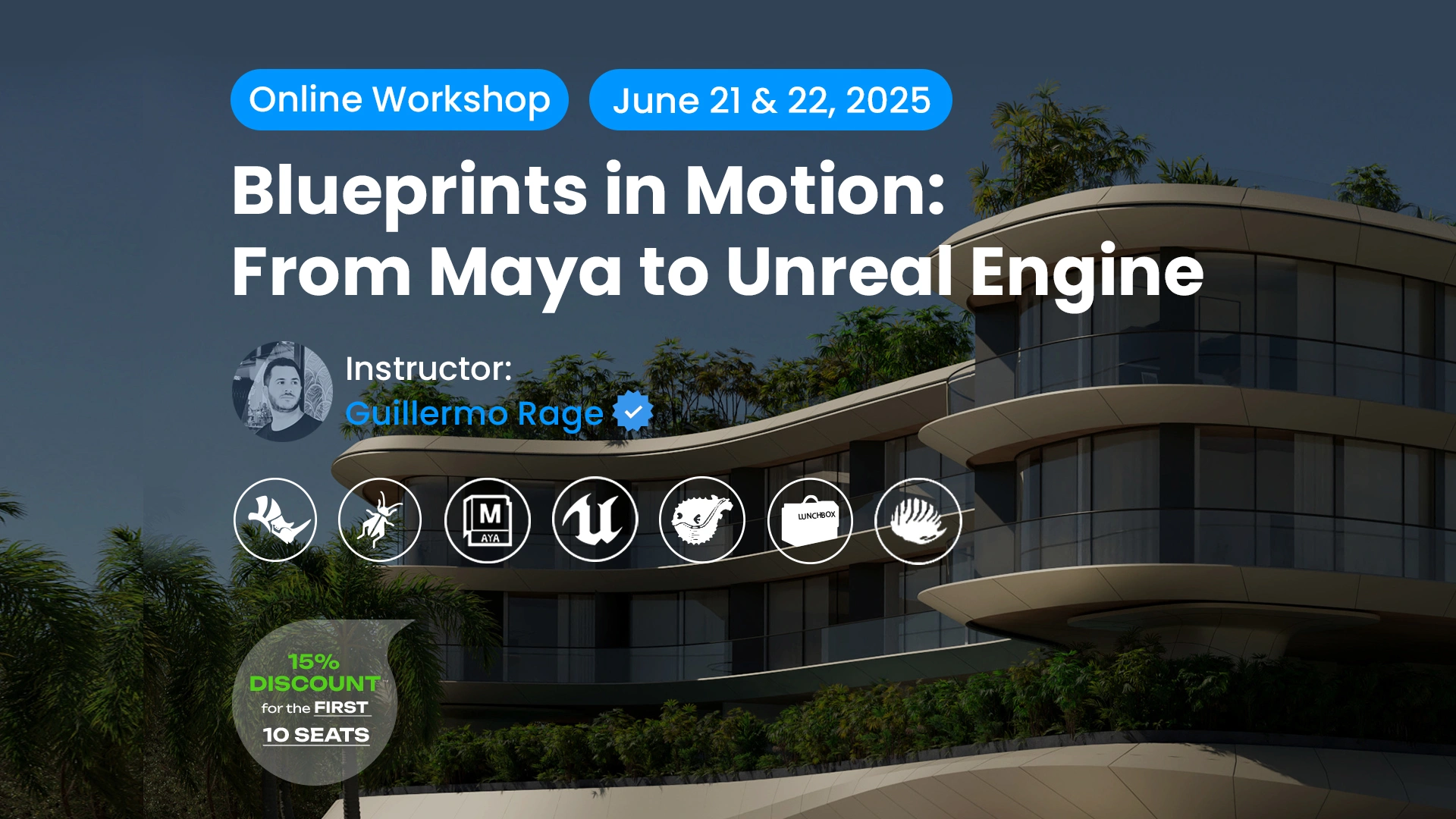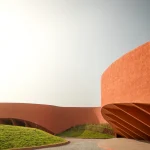Mainstream adoption and trends are often the death sentence of great ideas. For example, Victor Gruen, the creator of what we now call the mall, disowned his invention because of what capitalism did to the concept. The mall was supposed to be an open-space community hub for socializing, not a trap for consumerism. The tiny house movement is no exception.
What started as a radical shift towards minimalism and sustainability has now become, in the eyes of some, a profitable bungalow for tourists. In some ways, the movement desiccated, but is it truly dead? In this article, we’ll trace the trajectory of the tiny house movement, exploring its origins, evolution, and current standing in 2024.
The Roots of the Tiny House Movement
The concept of tiny living isn’t new—in fact, it’s a thousand years old. In medieval Japan, the so-an, translated as thatched grass hut, were small dwellings for Buddhist monks who sought solitude in nature. The so-an was more than just a home; it was an embodiment of the Zen philosophy of less is more, where the absence of material possessions was seen as a path to spiritual enlightenment. Even in the 1840s, Henry David Thoreau touched upon similar ideals, such as having a cabin in nature and living minimally. The idea of detaching oneself from materialism in pursuit of a healthier, more balanced life has been around for decades. So, what exactly caused its flamboyant resurgence in the 2000s?
After building the first 8-square-meter modern-day tiny house in 1999 in Iowa, Jay Schafer went on to found his tiny-house design and construction company in 2000. His contribution to the philosophy of tiny living was so impactful that he got anointed as the father of the Tiny House Movement. In a 2018 interview on Living Big In A Tiny House, Schafer revealed that “need” inspired him to build his first tiny house, more specifically, that he was homeless and in need of shelter. In his own poetic words, he was an artist and decided to live in his own art. This man was a pioneer in sustainable living and housing social awareness with an undying legacy of reshaping the perception of small spaces.
The Media’s Influence and Market Shift
It wasn’t too long until the media caught up with the hype around this movement because, essentially, it resonated deeply with everyone in need of housing during the 2008 Great Recession. What started as a great revival of ancient and medieval values birthed out of modern-day governmental restrictions and oppression became a money-making ploy. On that matter, Schafer comments, “ It just seemed like a lot of parasites were attaching themselves to it. You have the movement, and then a lot of people that were trying to make money off it”.
Media is a bllod-thristy hound, with just a scent of interest in series like Netflix’s Tiny House Nation in early 2014 things went wild. Eve Andrews offers a comprehensive overview in his article What Ever Happened to the Tiny House Movement in which he highlights the role of media and platforms like Airbnb in further dismantling the original ethos of the tiny house movement. Once seen as a revolutionary approach to living, tiny homes became more of an aesthetic choice, a novelty rather than a necessity. For many, the tiny house became something to experience for a weekend getaway rather than a long-term living solution.
The romanticization of the tiny house living situation by documentaries like TINY: A Story About Living Small further exacerbated this misconception around the movement. The couple who filmed it were unaware of how the public could perceive their lifestyle and admitted that if they’d framed it in a more realistic, normal way, it wouldn’t have had such a “peak and decline”. The movement —sustainability, minimalism, and a rejection of consumerism—became less about living simply and more about curating a lifestyle that could be showcased online.
Tiny Homes for the Homeless and ADUs
Despite the commercialization, the tiny house movement has made meaningful societal contributions. One of tiny homes’ most promising applications has been addressing homelessness. Across the United States, tiny homes have been deployed as affordable, sustainable solutions for those in need. Cities like Austin, Texas, and Los Angeles, California, have experimented with tiny home communities and have proven that tiny homes can be more than just a trend—they can be a lifeline.
Additionally, the rise of Accessory Dwelling Units (ADUs) has breathed new life into the tiny house movement. ADUs, which are small homes built on the same lot as a larger primary residence, have become increasingly popular in urban areas. They offer a way to increase housing density without sacrificing quality of life, making them a practical solution for cities facing housing shortages. In this context, the tiny house movement has evolved in the form of ADUs.
The Pandemic’s Impact
The global pandemic further complicated the narrative of the tiny house movement. As lockdowns forced people to spend extended periods at home, the limitations of tiny living became painfully clear. For couples or small families, tiny homes that once felt cozy and efficient began to feel cramped and claustrophobic. The very qualities that made tiny homes appealing—compactness, simplicity, minimalism—became liabilities in a world where homes had to function as offices, schools, gyms, and more. The pandemic highlighted the importance of space in ways that the tiny house movement had not fully anticipated.
But there was also the issue of who got to pursue the tiny house living style. A family of six, for example, can not properly and sanely function in mere 15 square meters. Even If you consider a family with one child, living in such a confined space is very difficult because what about the parents’ privacy or the child’s? The demographic and socio-cultural values made the tiny house movement a niche. It felt more tailored toward couples or nomads, which is essentially why the tiny house vacation idea was a major success. The parents in a family of six can go alone for a weekend and even each kid on his or her own can have this experience occasionally.
The Tiny House Movement in 2024
If you search for “tiny house competitions” right now, you will find many renowned platforms offering them. Upon reading a few competition briefs, you can notice the hyperfocus on sustainability and space efficiency, two principles at the heart of the tiny house movement. Therefore, this movement has left a permanent mark on the broader field of architecture. The efficient use of spaces, attention to environmental impact, and creation of multifunctional living areas are all practices applied to homes of all sizes.
Japan, the birthplace of the so-an and a country long familiar with the challenges of small-space living, continues to lead the way in micro-home innovation. Japanese architects have mastered the art of creating functional, livable spaces within minimal square footage, a necessity that has become a model for the rest of the world.
So, is the tiny house movement dead? Not quite. While it may no longer be the revolutionary force it once was, its influence is all around us. Whether as vacation homes, solutions for homelessness, backyard ADUs, or models of sustainable living, tiny homes will remain a part of our architectural landscape, even if their moment in the spotlight has passed.

























Leave a comment